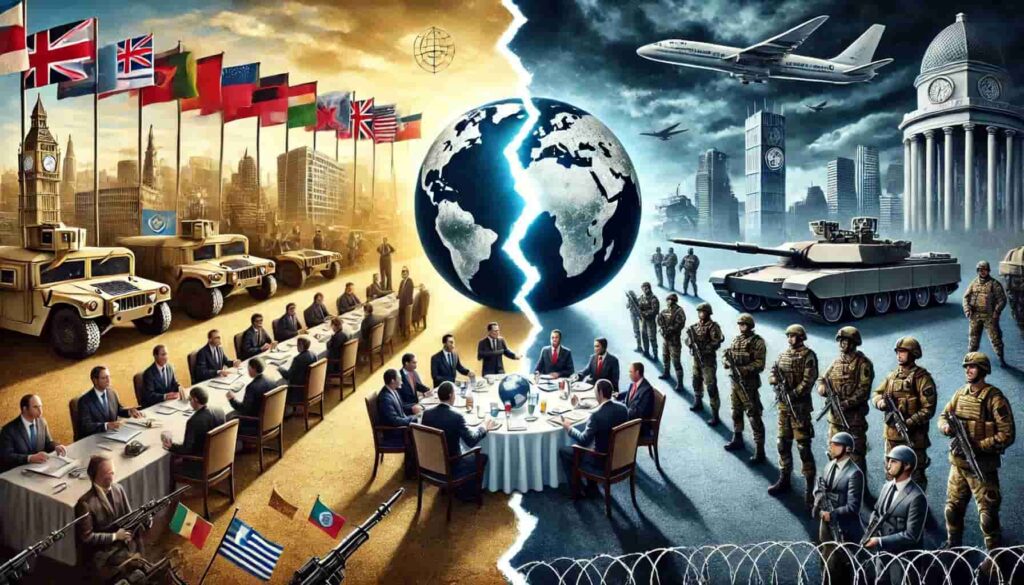Ahead of 2025, we took the opportunity to explore Kairos Future’s future outlook, which has now led to seven major shifts leading up to 2030. Today, we will touch on the first shift. Follow us continuously if you want to gain insights into the forces and drivers that will affect us in the near future, starting already this year.
Geopolitics: From Consensus to Security
When Dwight Eisenhower won the presidential election in 1952 and took office on January 20, 1953, the United States was still a war economy. The highest marginal tax rates were over 90%, where they had remained since 1944, and the corporate tax rate was over 50%. But Eisenhower, despite being a Republican, did not lower taxes. The U.S. was still at war, albeit a cold one, with an uncertain outcome. And everyone needed to contribute—both the wealthy and companies.
With those taxes, Eisenhower built wide and straight highways to facilitate the evacuation of major cities in the event of a nuclear war. Similarly, the ARPA research program was initiated in 1958 in response to the Soviet Union’s successful launch of Sputnik 1. The outcome of the Cold War was so unclear that Vice President Richard Nixon ended up in a spontaneous live televised debate (The Kitchen Debate) with Nikita Khrushchev in Moscow the following year. The debate wasn’t about war and peace but about which system was better at delivering household appliances and kitchen tools to the masses. In short, which system was better at creating welfare.
The future then, as now, felt existential. A new Cold War is emerging between the West and our time’s representatives of the “axis of evil”—Russia, China, Iran, and North Korea. These four are not only responsible for military aggression and threats, both directly and through proxies. They are also directly or indirectly behind 50% of all cybercrime globally, corresponding to an annual cost of 5% of the world’s total GDP—15–20 times more than the $300 billion that the wealthy world agreed to provide to developing countries during COP29.
For Europe, the situation is particularly challenging. Europe missed the internet boom and now appears to be falling behind in the AI race as well. Large corporations like Ericsson, AstraZeneca, and ABB are investing in the U.S., and their executives are critical of the sluggish growth and stifling bureaucracy in Europe. Mario Draghi’s report to the EU Commission is an attempt to respond to the challenges Europe faces. The question is whether Europe can do what is necessary.
Since Kairos’ report, we’ve started to see even clearer challenges in the relationship between the U.S. and Europe, making the landscape even harder to navigate. What foundational principles still apply, and how strong are the loyalties we’ve long taken for granted? Is it every continent for itself, or is there still a “WE” within what was once the clearly defined Western world?
What does seem clear, however, is that we should all plan for the worst and hope for the best.
Over the next 7 weeks, we will present six more shifts that will affect us heading into 2030. But as we’ve said before—in a world where so much is uncertain, it is wise to focus on what we know is stable and be prepared for sharp turns in the things we cannot predict.
What do we do, when we are not sharing inspiration?
Do you need to bridge a recruitment gap, cover parental leave, increase flexibility during peak periods, bring in specialist expertise, or carry out improvement projects related to today’s or future needs?
Feel free to reach out – we’d love to treat you to a cup of coffee and hear your thoughts.
BayInCo – Interim solutions in finance, accounting, sustainability & tech

